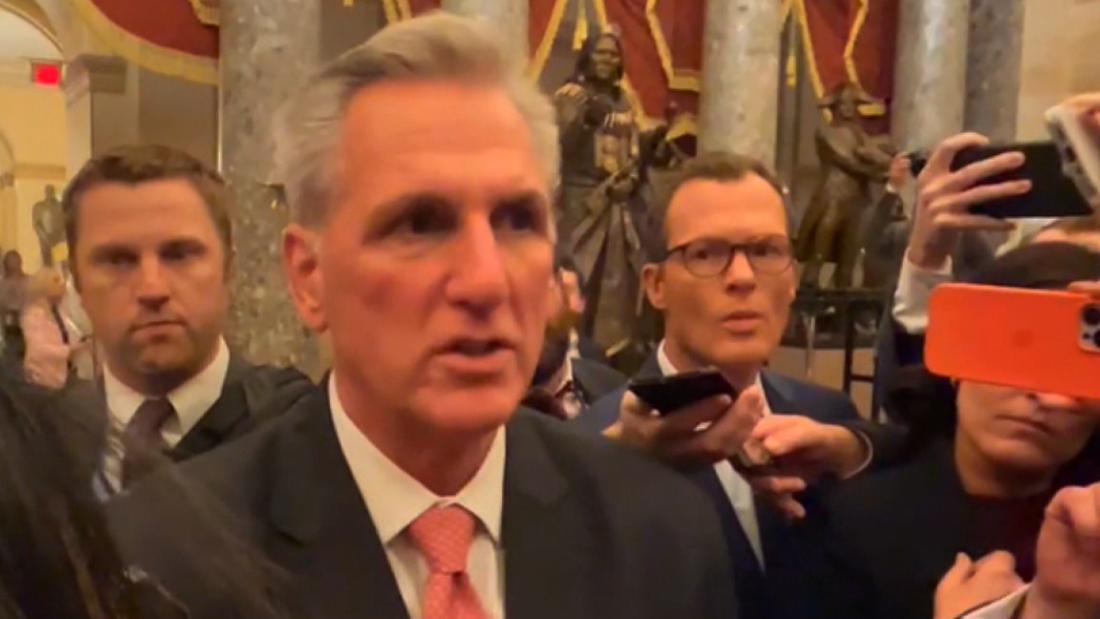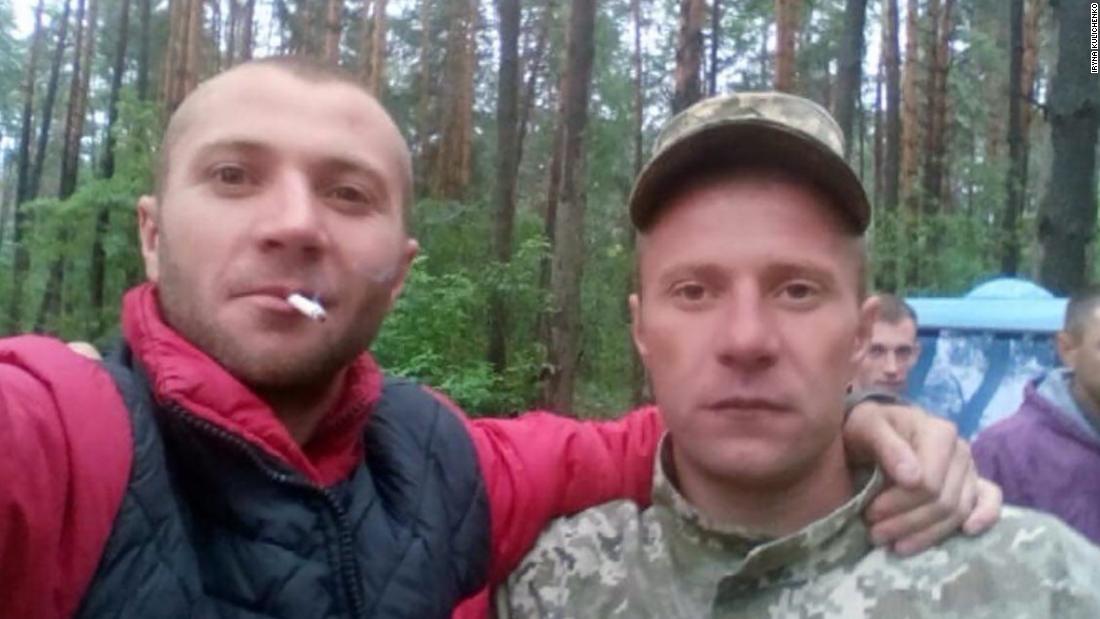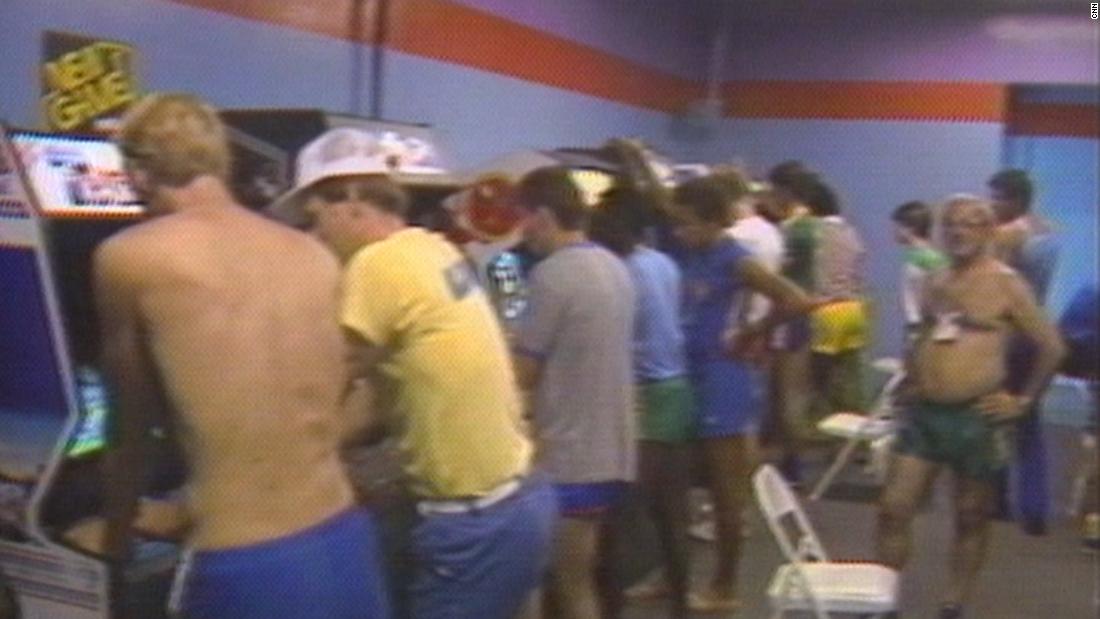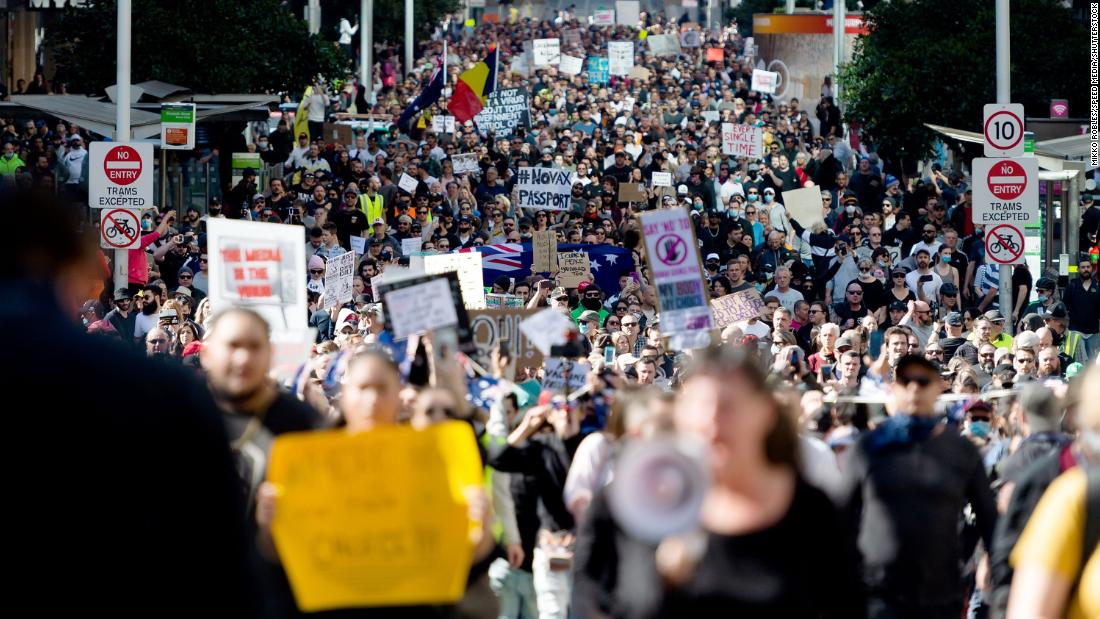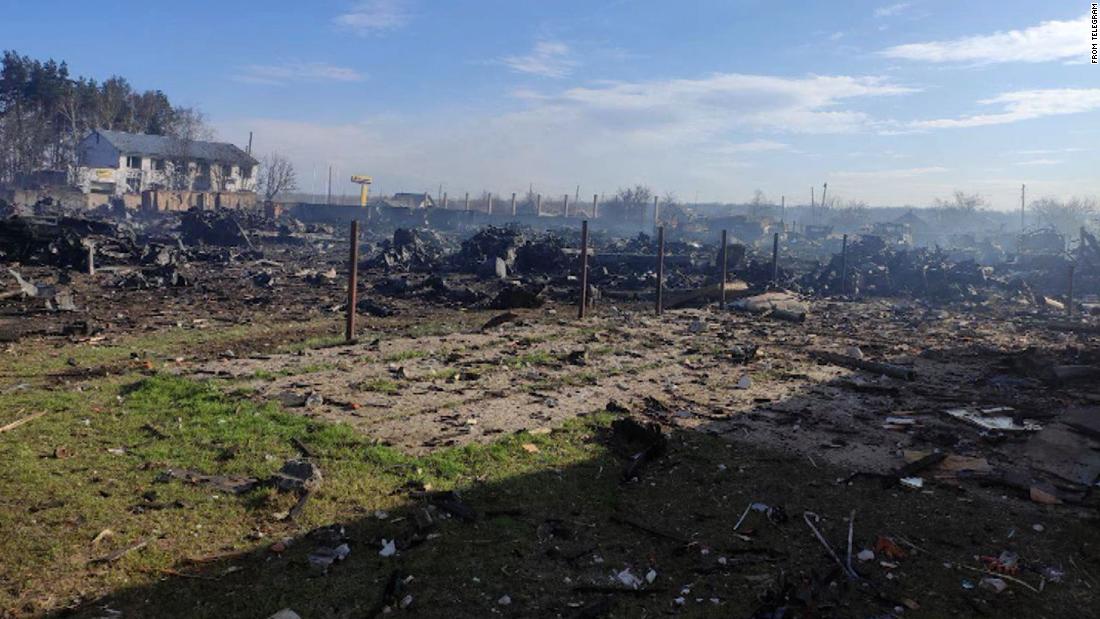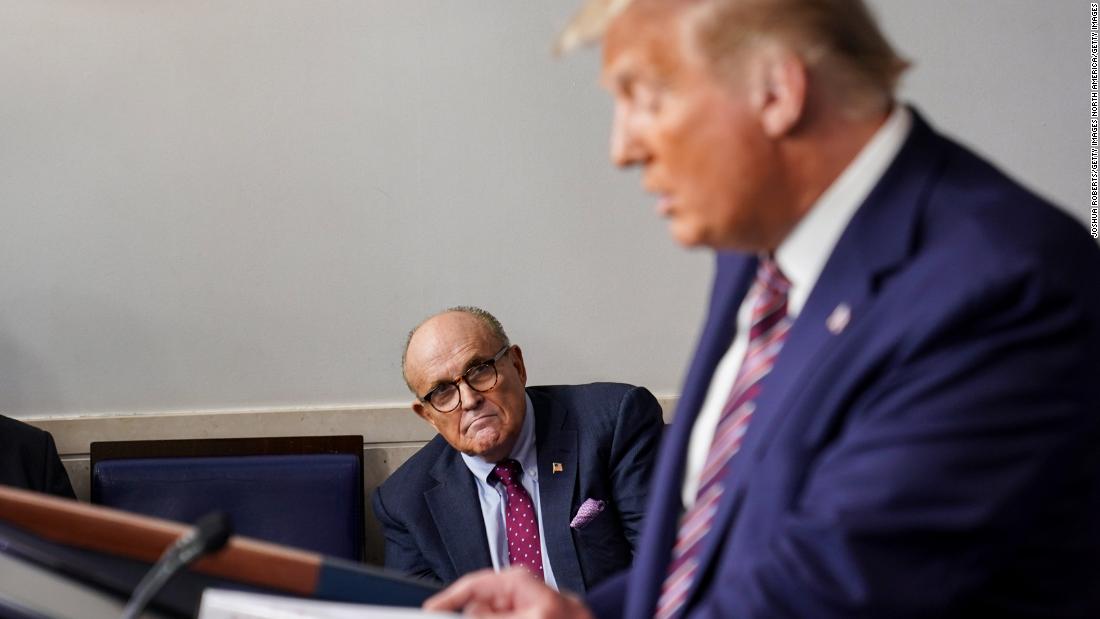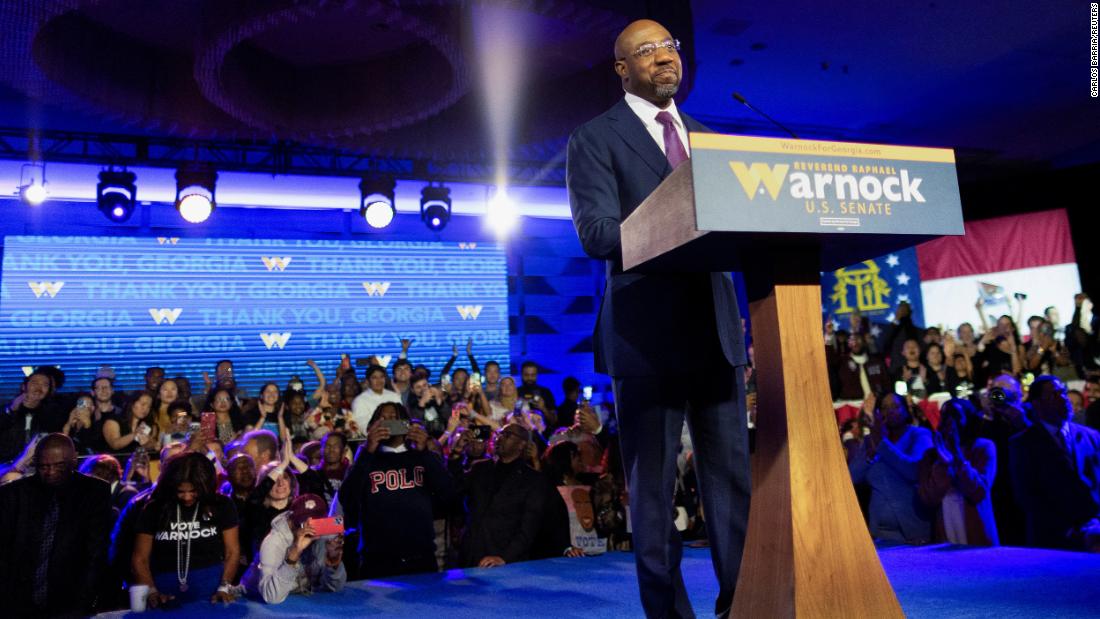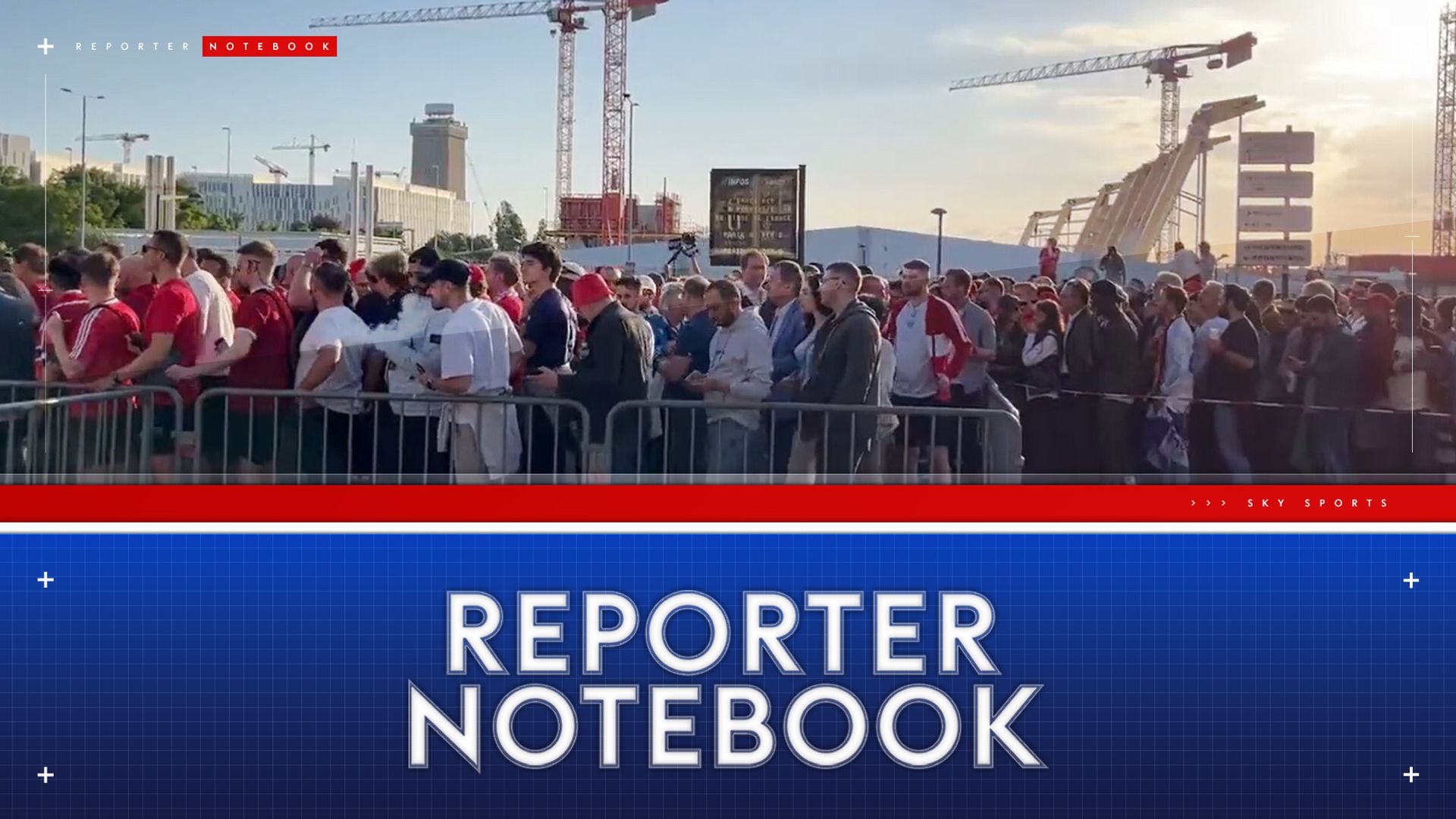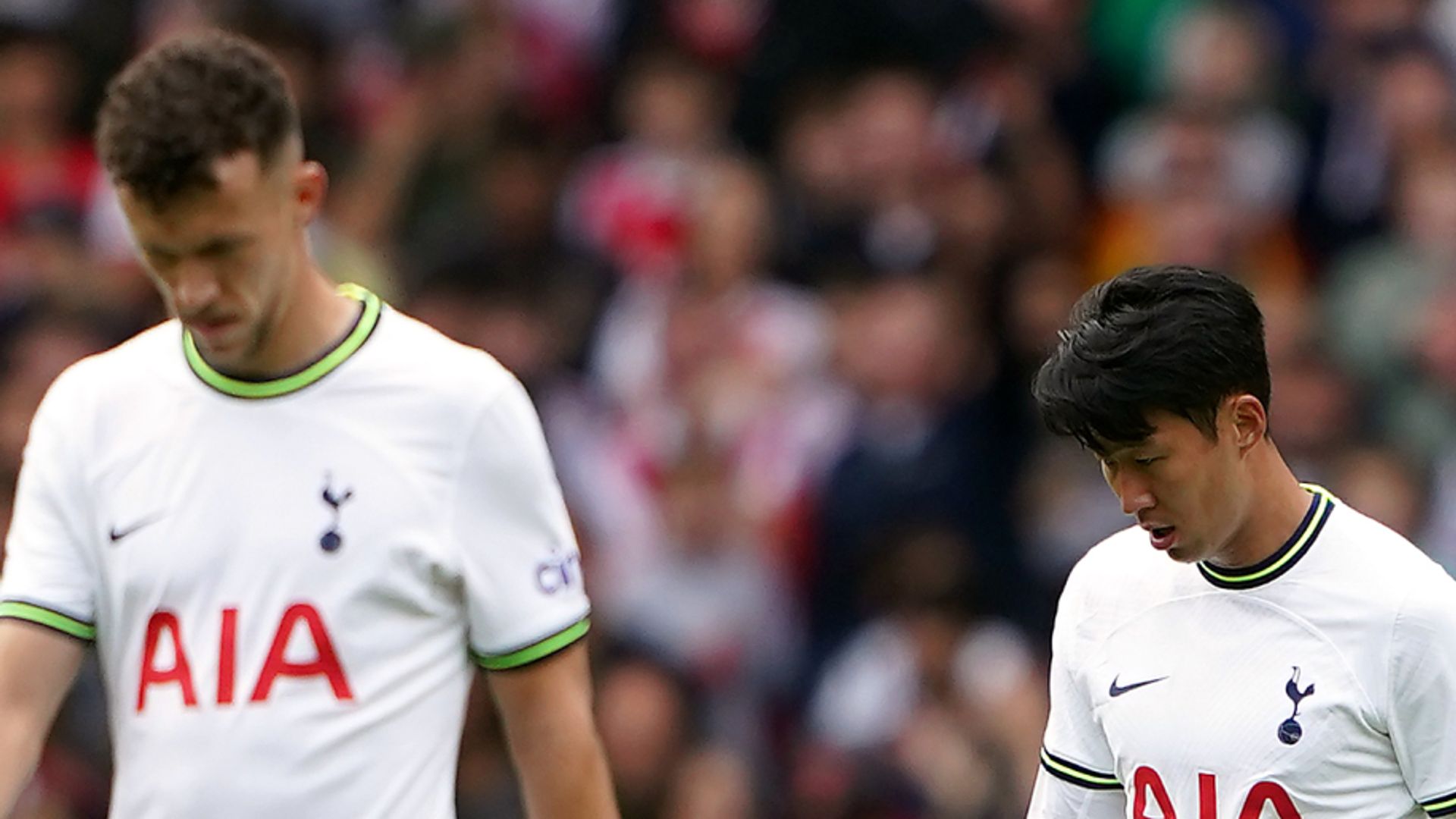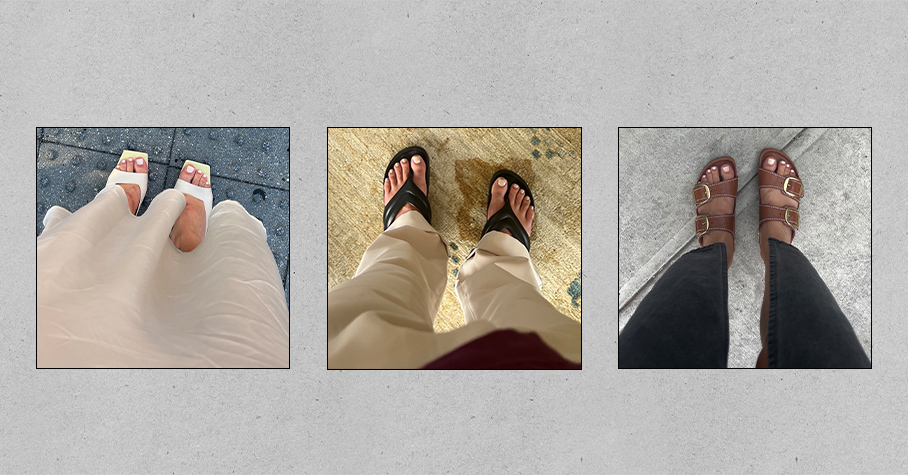What Chernobyl can teach us about Russian propaganda
The Chernobyl Nuclear Power Plant in Ukraine is seen after the explosion on April 26, 1986. (SHONE/Gamma-Rapho/Getty Images) Marching under a radioactive cloud Thirty-six years after Chernobyl, Russia is still keeping us in the dark Opinion by Lev Golinkin May 1, 2022 The Chernobyl Nuclear Power Plant in Ukraine is seen after the explosion on April 26, 1986. (SHONE/Gamma-Rapho/Getty Images) Editor’s Note: Lev Golinkin writes on refugee and immigrant identity, as well as Ukraine, Russia and the far right. He is the author of the memoir “A Backpack, a Bear, and Eight Crates of Vodka.” The opinions expressed in this commentary are his own. View more opinion on CNN. The placards were upbeat. But then again, it was the Soviet Union, where the placards were always upbeat. They boasted of industrial and harvest quotas being met, tractors and tanks produced ahead of schedule, of glory to communism and to Vladimir Lenin, the founder of Soviet Russia. I was 6 years old and out with my parents watching the placards and flags in Kharkov (now called Kharkiv), the second largest city in Ukraine. We were almost back at our apartment block when I heard my grandma yell from the balcony, telling my mother to get me inside. She had heard a rumor that there was an accident at the nuclear plant in Chernobyl, a little less than 300 miles from Kharkiv. It was May 1, 1986, and one of the biggest holidays in the Soviet year — a celebration of workers and peasants. And the Kremlin never passed up an opportunity to hold a parade, even in the middle of the worst nuclear disaster in history. The Chernobyl explosion happened on April 26, 1986 — five days before the May Day parade. But Moscow had remained silent, refusing to admit anything had occurred until the radioactive cloud from Chernobyl was detected in Scandinavia on April 28, making it impossible to hide the catastrophe any longer. Even after the Kremlin was forced to acknowledge an incident at its nuclear plant, it grossly downplayed the issue. Now, 36 years later, Russia is still keeping its citizens in the dark — this time, about the true picture of its war in Ukraine. Crowds gather for May Day celebrations in the Ukraine capital Kyiv on May 1, 1986, five days after a deadly explosion at the Chernobyl Nuclear Power Plant some 94 kilometers away. (AP)On April 29, three days after the Chernobyl disaster, Moscow issued a terse television announcement informing citizens that a reactor was damaged and aid was being provided to those who required it. The announcement was less than 20 seconds long. The Kremlin didn’t cancel the May Day parades held in countless cities across the region. And so out we went, with placards, red banners, optimism — and radiation. Kyiv residents line up for forms as part of radiation checks on people potentially exposed to the radioactive fallout from Chernobyl on May 9, 1986. (Boris Yurchenko/AP)The days and weeks that followed were filled with a torrent of rumors and innuendo swirling around living rooms across the USSR while Moscow continued to pile over the explosion with secrecy and obfuscation. The Politburo began to loosen up restrictions on freedom of speech, but the confusion remained. No one knew the truth, but everyone knew the Kremlin was lying — and that was about the only certainty around. People can justify most anything, especially when living under a dictatorship. You could blame famines on bad winters, wars on external aggression, economic hardship on sabotage by capitalists, even the old Soviet purges on the paranoid madness of Joseph Stalin. But there was no rationalizing away the radiation. Moscow’s refusal to cancel May Day festivities exposed the hollow horror of the Soviet Union — even the most faithful believers in communism realized they lived in a country that thrust millions of people into danger just so it could hold a parade. A portrait of Vladimir Lenin sits atop a truck during May Day celebrations in Red Square, Moscow, on May 1, 1986. Images of Karl Marx and Friedrich Engels, founders of modern communism, can also be seen in the crowd. (AFP/Getty Images) Then-Soviet leader Mikhail Gorbachev waves from atop the Lenin Mausoleum in Red Square, Moscow, during May Day celebrations in 1986. The parade appeared unaffected by news of an incident at Chernobyl. (Boris Yurchenko/AP) Soviet Premier Mikhail Gorbachev himself admitted Chernobyl — which eroded faith in the Soviet system, poisoned vast tracts of land and cost billions to clean up — contributed to the collapse of the USSR more than any other factor. Decades of Moscow’s secrecy around the disaster makes it impossible to arrive at an accurate estimate of casualties, and to this day, experts continue to guess and reassess the true impact of Chernobyl. The Politburo’s decision to push ahead with the parade fits firmly into the history of a dictatorship founded on lies. Lenin rose to power by promising people “peace, land and bread,” an


The Chernobyl Nuclear Power Plant in Ukraine is seen after the explosion on April 26, 1986. (SHONE/Gamma-Rapho/Getty Images)
Marching under a radioactive cloud
Thirty-six years after Chernobyl, Russia is still keeping us in the dark
Opinion by Lev Golinkin May 1, 2022
The Chernobyl Nuclear Power Plant in Ukraine is seen after the explosion on April 26, 1986. (SHONE/Gamma-Rapho/Getty Images)
Editor’s Note: Lev Golinkin writes on refugee and immigrant identity, as well as Ukraine, Russia and the far right. He is the author of the memoir “A Backpack, a Bear, and Eight Crates of Vodka.” The opinions expressed in this commentary are his own. View more opinion on CNN.
The placards were upbeat. But then again, it was the Soviet Union, where the placards were always upbeat. They boasted of industrial and harvest quotas being met, tractors and tanks produced ahead of schedule, of glory to communism and to Vladimir Lenin, the founder of Soviet Russia.
I was 6 years old and out with my parents watching the placards and flags in Kharkov (now called Kharkiv), the second largest city in Ukraine. We were almost back at our apartment block when I heard my grandma yell from the balcony, telling my mother to get me inside. She had heard a rumor that there was an accident at the nuclear plant in Chernobyl, a little less than 300 miles from Kharkiv.
It was May 1, 1986, and one of the biggest holidays in the Soviet year — a celebration of workers and peasants. And the Kremlin never passed up an opportunity to hold a parade, even in the middle of the worst nuclear disaster in history.
The Chernobyl explosion happened on April 26, 1986 — five days before the May Day parade. But Moscow had remained silent, refusing to admit anything had occurred until the radioactive cloud from Chernobyl was detected in Scandinavia on April 28, making it impossible to hide the catastrophe any longer. Even after the Kremlin was forced to acknowledge an incident at its nuclear plant, it grossly downplayed the issue.
Now, 36 years later, Russia is still keeping its citizens in the dark — this time, about the true picture of its war in Ukraine.

On April 29, three days after the Chernobyl disaster, Moscow issued a terse television announcement informing citizens that a reactor was damaged and aid was being provided to those who required it. The announcement was less than 20 seconds long. The Kremlin didn’t cancel the May Day parades held in countless cities across the region. And so out we went, with placards, red banners, optimism — and radiation.

The days and weeks that followed were filled with a torrent of rumors and innuendo swirling around living rooms across the USSR while Moscow continued to pile over the explosion with secrecy and obfuscation. The Politburo began to loosen up restrictions on freedom of speech, but the confusion remained. No one knew the truth, but everyone knew the Kremlin was lying — and that was about the only certainty around.
People can justify most anything, especially when living under a dictatorship. You could blame famines on bad winters, wars on external aggression, economic hardship on sabotage by capitalists, even the old Soviet purges on the paranoid madness of Joseph Stalin.
But there was no rationalizing away the radiation. Moscow’s refusal to cancel May Day festivities exposed the hollow horror of the Soviet Union — even the most faithful believers in communism realized they lived in a country that thrust millions of people into danger just so it could hold a parade.


Soviet Premier Mikhail Gorbachev himself admitted Chernobyl — which eroded faith in the Soviet system, poisoned vast tracts of land and cost billions to clean up — contributed to the collapse of the USSR more than any other factor. Decades of Moscow’s secrecy around the disaster makes it impossible to arrive at an accurate estimate of casualties, and to this day, experts continue to guess and reassess the true impact of Chernobyl.
The Politburo’s decision to push ahead with the parade fits firmly into the history of a dictatorship founded on lies. Lenin rose to power by promising people “peace, land and bread,” and instead ushered in a totalitarian regime that murdered millions, often by starvation.



Then came Stalin, who famously had enemies airbrushed out of photographs (other communist regimes did the same). In 1932 and 1933, when Stalin starved 3.9 million Ukrainians to death, he orchestrated a careful deception of the West by hiding true death statistics and banning most foreign journalists.
For nearly 70 years, the Soviets in Kremlin had generations of citizens tolerate bloodshed papered over by mendacity and propaganda. The same is happening today, during Moscow’s savage war on Ukraine. The media formats may be somewhat different, but the lies continue.

The Politburo didn’t cancel the 1986 May Day parade for the simplest of reasons — because it couldn’t. Canceling the parade would mean acknowledging the Soviet Union had a serious nuclear accident. But the narrative of the Soviet Union — a land which worshipped industry, glorified nuclear power and exulted in the sight of intercontinental ballistic missiles thundering across the Red Square — didn’t allow for nuclear accidents, and so the parade couldn’t be canceled.
The same goes for Russian President Vladimir Putin’s regime. The dictator in the Kremlin has based his reign, in large part, on restoring Russian prestige, which is a polite way of saying restoring the Russian empire. He has set himself up as the protector of the mythical Slavic world, the world of the Russian Orthodox Church. The world in which Mother Russia protects and succors Belarussia, the Russian name for Belarus; “Little Russia,” as Putin and other Russian revanchists call Ukraine; and all the other subservient little Russias across Eastern Europe.

Earlier this month, CNN issued a stunning report detailing the behavior of Russian soldiers who had seized control of Chernobyl, spread radioactive dust around the area and recklessly forced the staff of the power plant to work grueling 12 hour shifts. It was an astoundingly dangerous move, especially by troops Russia falsely portrayed as “peacekeepers” bringing order to Ukraine.
Putin — who claims that this invasion is in order to “denazify” Ukraine — has shelled numerous Jewish sites in Kharkiv, including the city’s synagogue and the Holocaust memorial in Drobitsky Yar, a ravine where the Nazis massacred at least 15,000 Jews.


Russian troops commit what many international humanitarian organizations are calling “war crimes,” killing the very same eastern Ukrainian Russian speakers Putin insists he’s “saving.” The Kremlin callously writes off undeniable reports of atrocities such as the massacres in Bucha as a “provocation” and — most sickening of all — false flag operations staged by “crisis actors.” Indeed, Putin even bestowed an honorary title on the brigade accused of perpetrating the Bucha massacres, congratulating the unit’s “great heroism and courage.”

My family and I had fled the Soviet Union in 1989. Watching the horrors in Ukraine unfold from America is surreal, in no small part because it feels like the intervening decades between the fall of communism and today have evaporated.
The May 1 festivities in Russia these days may not be on the scale of Soviet times; after the USSR’s collapse, May Day lost its mythical status as a celebration of the proletariat. But soon, another parade — the May 9 commemoration of the victory of the Second World War — will wind its way through Moscow.



The enormous sacrifice required to defeat Nazi Germany was a cornerstone of Soviet culture — it’s even more crucial to Putin’s Russia, which has tapped into the memory of the Second World War as a way to unify a disparate population without much in the way of a national identity.
It’s not hard to predict the volley of lies, half-truths and distortions about Russia’s invasion of Ukraine that’ll be swirling in the air that day. There’ll likely be propaganda tales of Russian soldiers being greeted by tearful crowds of “rescued” Russian speakers, lurid accounts of the monstrosities of rabid Ukrainians, exhortations for Putin to keep saving the Russian world.
This is the narrative the Russia of Putin is built on. It supersedes reality, suffering the impact of sanctions and the bodies of young Russian soldiers shipped home from Ukraine. It’s the lie no truth can be allowed to penetrate. It’s the reason that, despite the invasion being a largely catastrophic failure, Moscow won’t be canceling the war.


 Landwebs
Landwebs 







